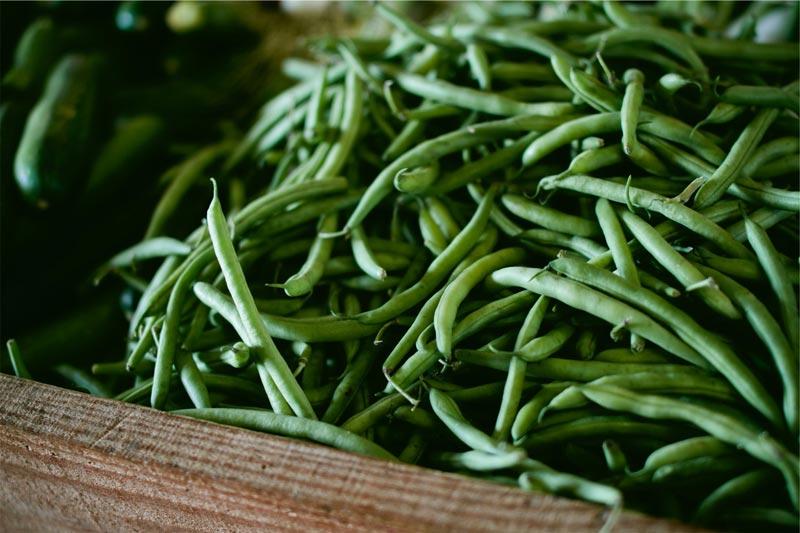
Can takeaway be healthy?
Breathe a sigh of relief and shake that guilty conscience from your shoulders from all the times you’ve come home to an empty fridge, reached for the phone, and ordered home delivery for dinner.
Some people are super motivated and extraordinarily organised – cooking every night is just part of their chosen lifestyle.
But let’s be honest, they are in the minority! The rest of us need a night off cooking every now and again. If you love a certain type of takeaway, here are my top tips for ordering the healthiest options from the menu.
PIZZA
Everybody loves pizza, but it’s usually considered a pretty greasy choice. Traditionally, pizza was everyday peasant food and a way of feeding the family with a filling, budget-friendly meal.
The traditional Italian pizza has a thin crusty base with a few veggie toppings, extra virgin olive oil, a good buffalo mozzarella and salad greens on the side. Ordered like that, you’re onto a good thing!
Many restaurants now also offer a wholemeal base, or if you’re wheat-intolerant you can try the ancient wheat variety called spelt. Some people report this to be easier on their tummy.
THAI
When ordering Thai food, you can’t go past the list of stir-fries. These are almost without exception good takeaway choices and a super easy way to boost your intake and variety of vegetables. The only nutritional negative here is the salt content, so do be careful particularly if you have high blood pressure. On the whole though, these are terrific options. Opt for seafood as your protein choice if you rarely cook fish at home, or look for the fish options on the menu.
They often do fabulous steamed fish dishes with plentiful Asian greens. If you’re a curry fan, you can certainly enjoy these too, but watch the portion size as all that coconut milk pushes up the overall kilojoules. What I like to do is spoon out the meat/fish and veggies and then add just a little of the sauce. Thai rice tends to be very high GI, so I prefer to heat up a packet of brown rice at home and have this instead.
INDIAN
The real nutritional plus about Indian food is the liberal use of spices. These are so good for us and have medicinal as well as nutritional benefits. The only issue is that the dishes can be very high in the wrong type of fat from ghee, pushing up the kilojoules.
Your healthiest options are those cooked in the Tandoor, as they tend to have no sauce but all the flavour of the spice rub and yoghurt. Look for tandoori chicken or prawns and team them with a wholemeal roti, a lentil or bean dhal and a side salad. Yum!
JAPANESE
Japanese food is notoriously healthy takeaway and it’s hard to go wrong here. Just watch out for too many deep fried options and try to order some extra veggies. They actually eat loads of vegetables in Japan but when we order only sushi or a teriyaki dish we forget about them.
Try ordering the seaweed salad (packed with nutrients), or a tofu or sashimi salad. Balance the sushi with a serve of sashimi to boost your protein and healthy fat intake while limiting the white rice, and opt for edamame and/or miso soup on the side.
ITALIAN
In this phase of “carbophobia” we find ourselves in, many people are scared to have any carbs! This is really unfair to many traditional cuisines, including Italian. Pasta actually has a low GI, meaning it won’t send your blood sugars rocketing after a meal – provided you keep your portion size in check. In Italy they actually have pasta as a first course so they don’t have the enormous serving sizes we tend to see here. By all means order the pasta, but choose a small serve to share with your family.
Choose tomato or extra virgin olive oil based sauces over the creamy ones, and choose lean meats or seafood to go with it plus a side salad. Other good options are simply meat or seafood with vegetables. Just watch for loads of extra cheese or rich sauces that boost the kilojoule count.
BURGERS
Love burgers? Don’t worry – you can make them healthier! A small (albeit growing) number of restaurants offer a wholemeal bun and the ability to choose your own fillings. Choose to add as many veggies as you can, perhaps some avocado in place of mayo, and a side salad instead of chips.
A chicken fillet burger is another good idea, but do check that it’s a fresh fillet and not a deep-fried crumbed one from the back of the freezer. If I can encourage you every now and again, have a veggie burger! It’s a great step forward.
Information by Dr Joanna McMillan, articles and images sourced from Joanna’s Blog and Menulog blog.
